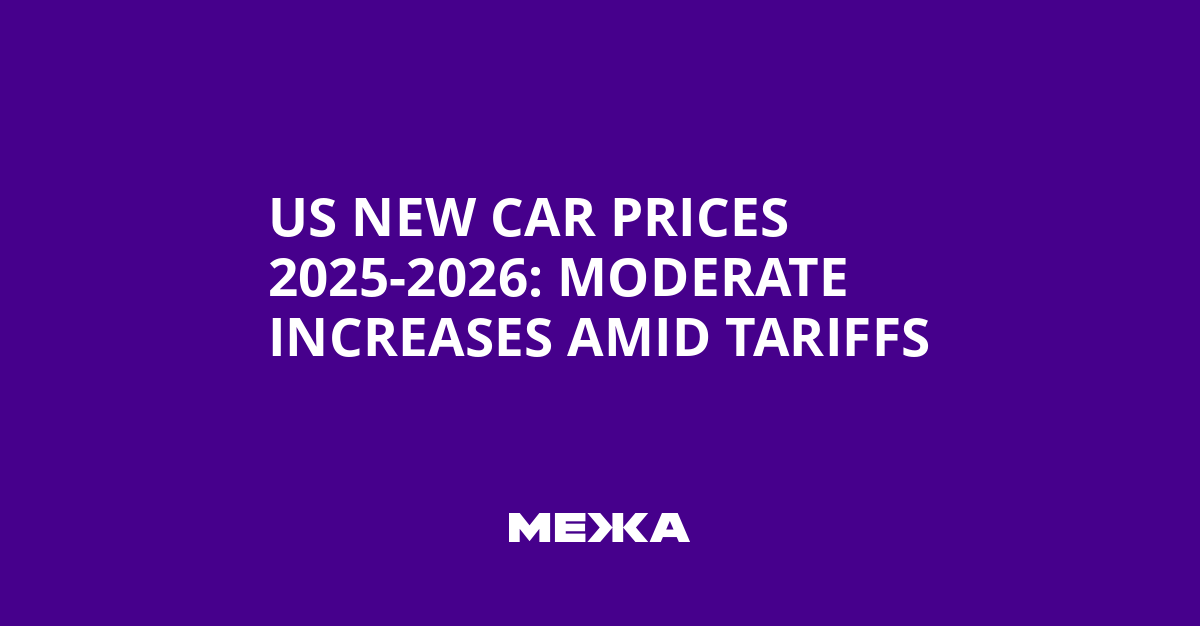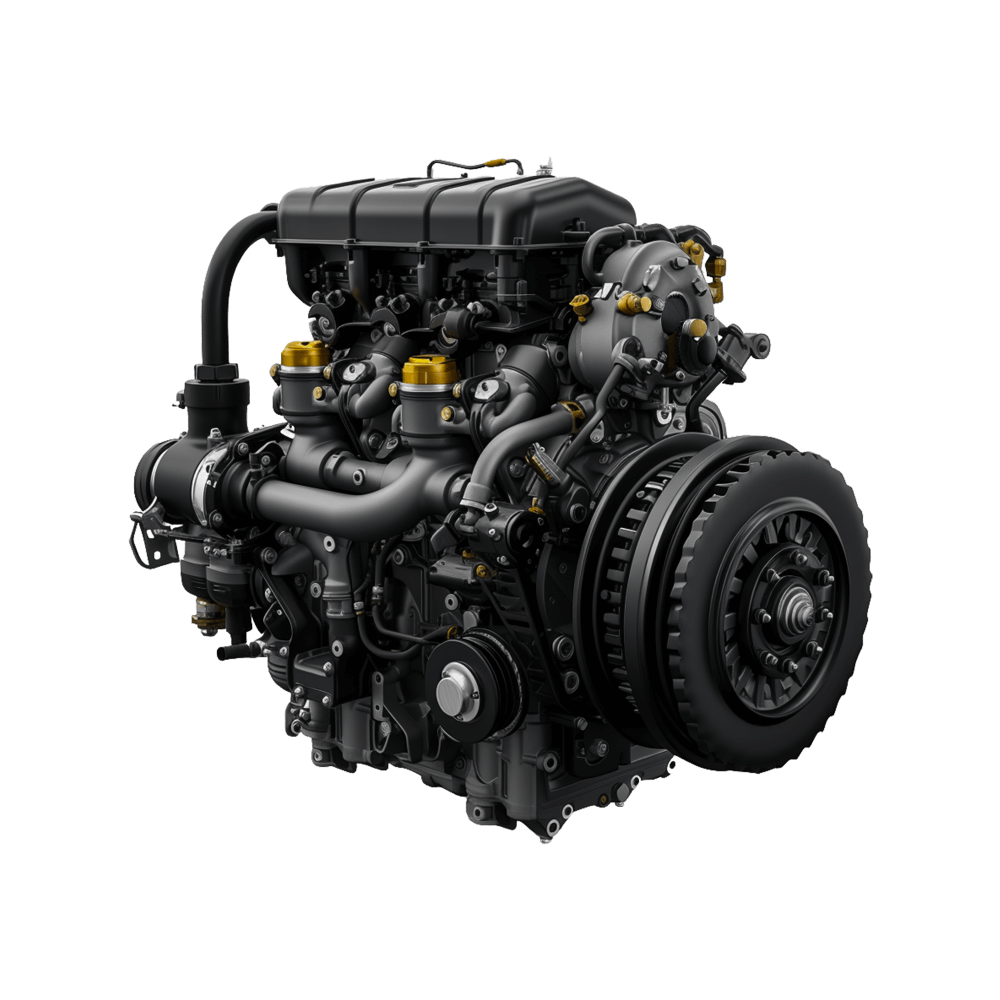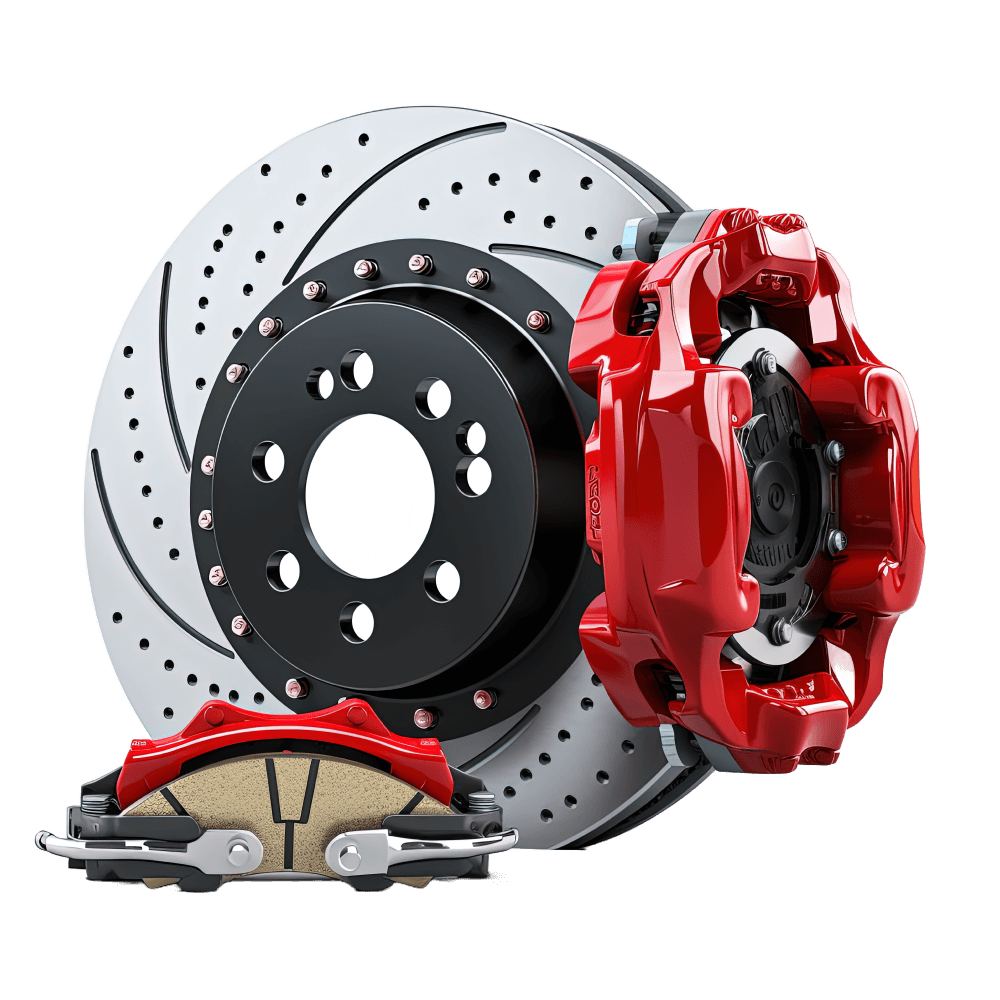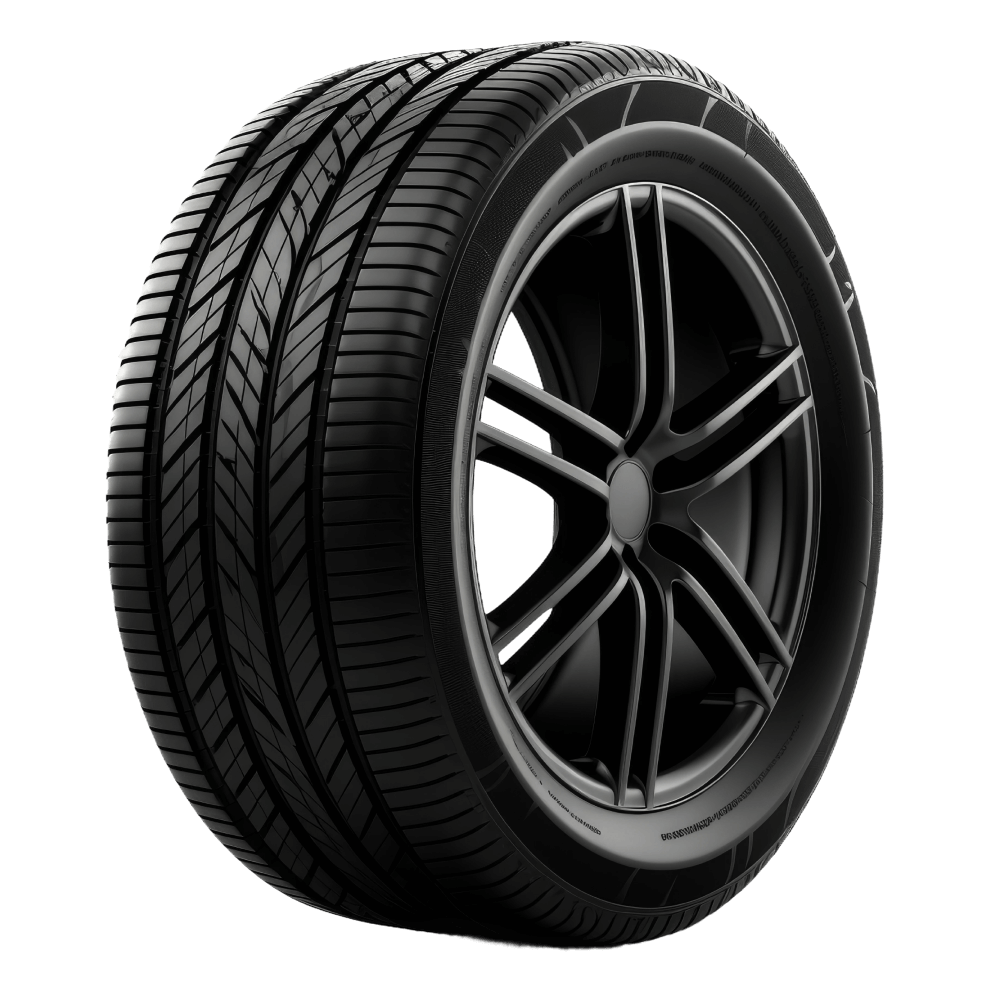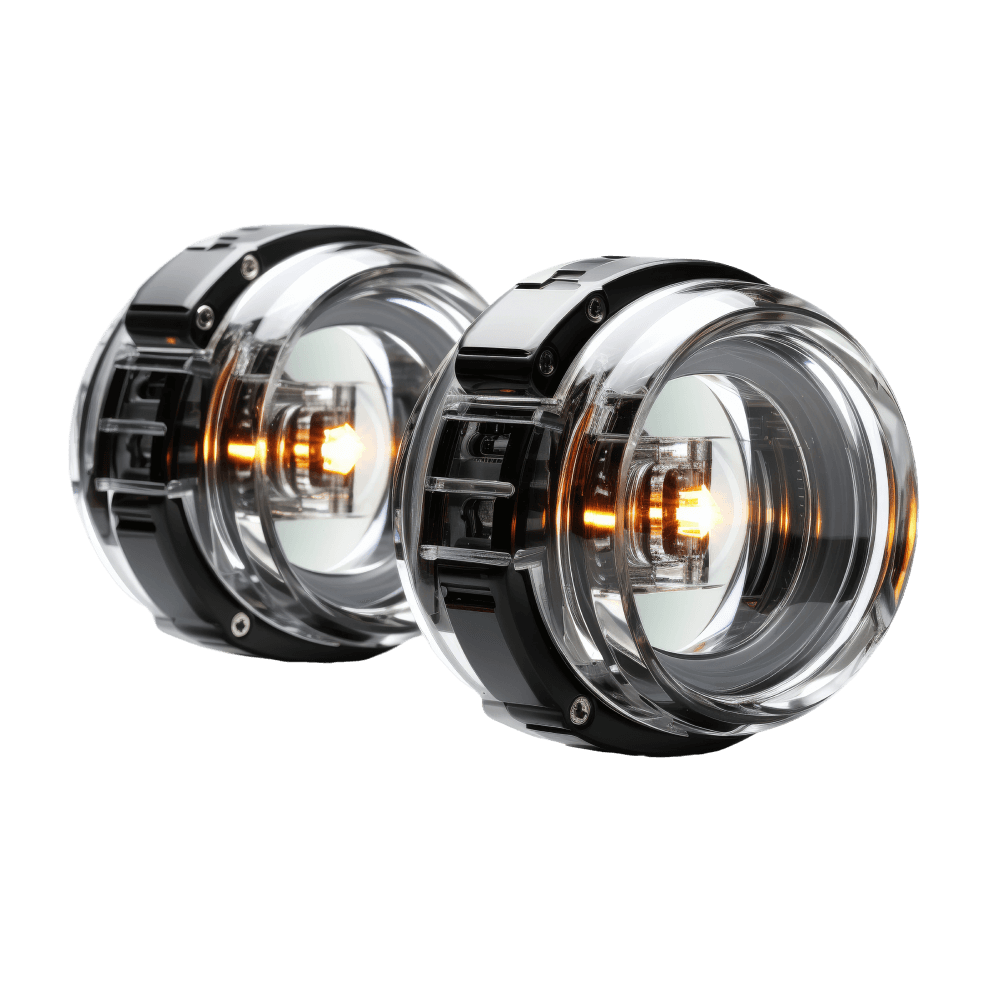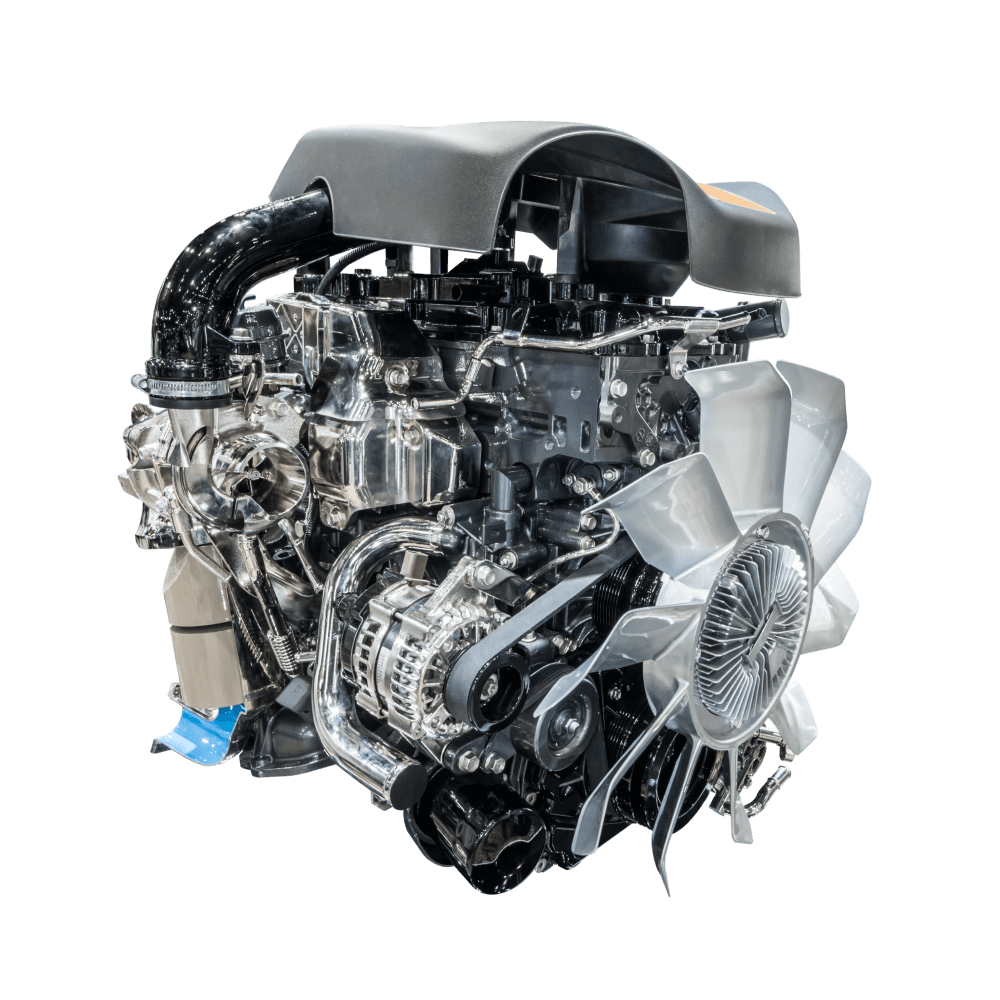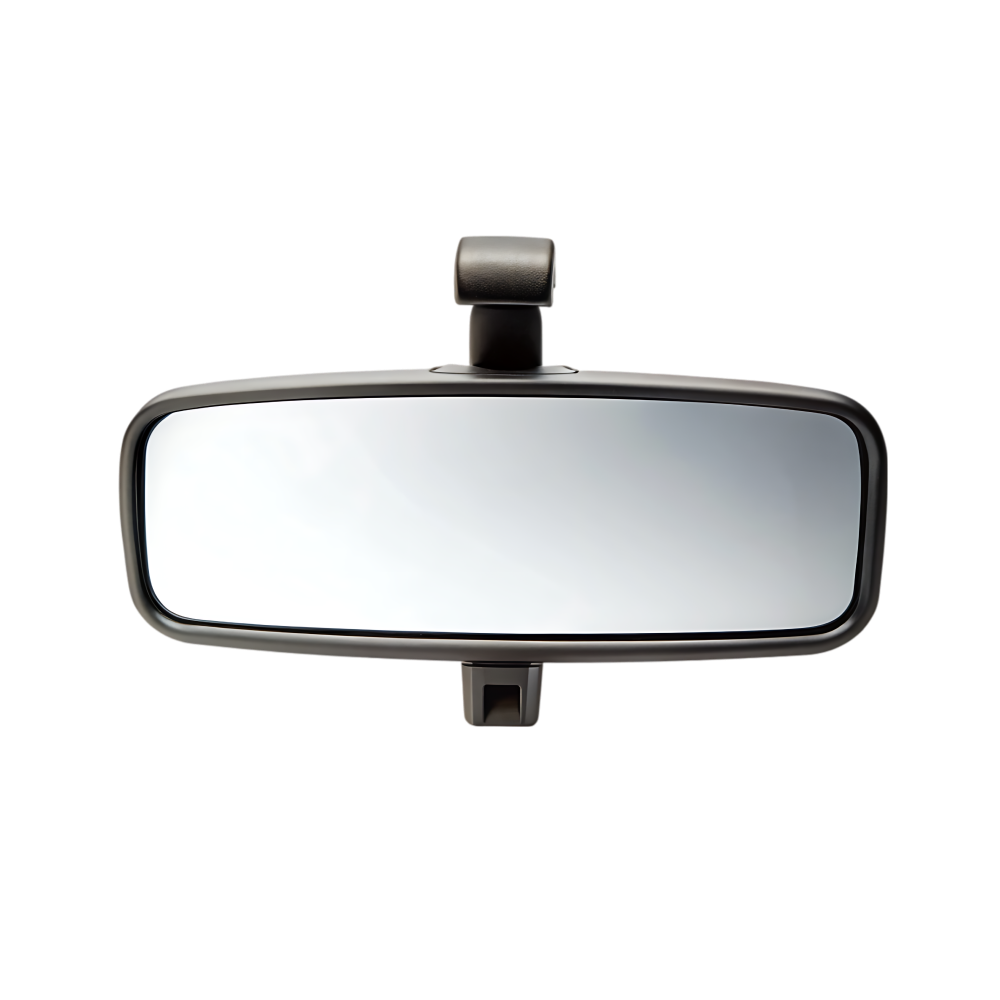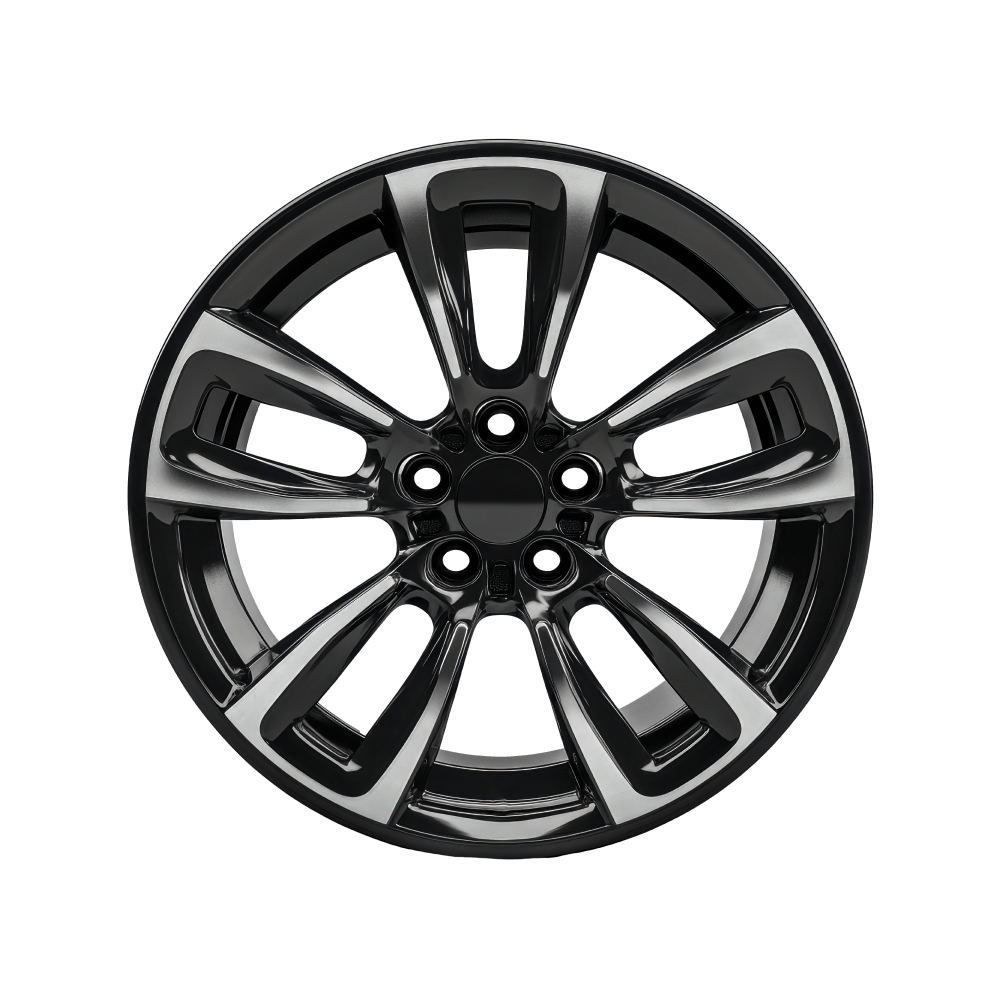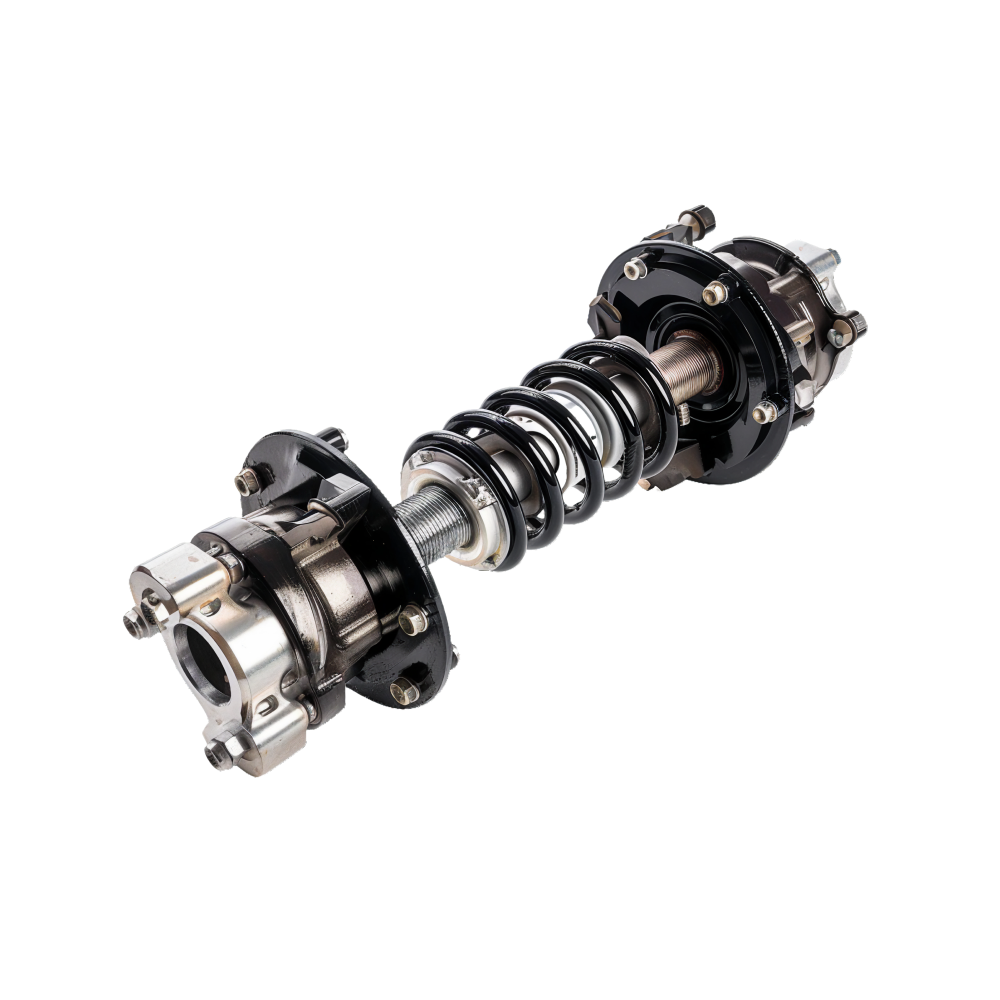Shoppers check out new cars at a Volkswagen dealership in Miami. Prices have not climbed substantially yet because of tariffs. Nevertheless, as 2026 models prepare to hit showrooms, buyers can expect higher sticker prices than the prior year’s models. Eva Marie Uzcategui/Bloomberg/Getty Images
As reported by CNN
Currently, prices for new cars in the United States are rising only modestly due to tariffs, but with the arrival of 2026 models, the situation could change. Buyers in the United States will soon see whether such a pace of price increases will hold or not.
According to Edmunds, the average price of a new car in July rose by less than 2% compared with March – the smallest increase since tariffs were introduced; prices are also not significantly different from last year’s levels.
However, a major reason for this is the reduced demand for cars in general.
In March, Americans rushed to buy cars due to fears of rising costs. This spoiled sales later in the year, intensified consumer uncertainty, and kept high interest rates. Manufacturers bore the costs, expecting that higher prices would reduce demand.
But with 2026 approaching, many experts expect that prices will finally rise. Manufacturers may attribute the increase not to tariffs but to the model year itself.
Any price increases are expected to be moderate and not large enough to fully offset the costs of tariffs.
According to Ivan Drury, demand in the market will determine vehicle prices, not the costs associated with producing them.
Typically, manufacturers raise prices when new model years are introduced. Edmunds data show that MSRP (Manufacturer’s Suggested Retail Price) for 29 of the 45 models already available in showrooms is higher than last year.
Most increases are modest – around 2% or less compared with 2025 models. However there are significant jumps for both imported and domestic vehicles. In particular, the Chevrolet Traverse and Cadillac CT5 rose more than 7% (assembled in Michigan). The biggest increase among imports is the MINI Cooper at 11.4%, even despite the US–UK trade agreement that caps tariffs on British cars at 10%.
However, cost increases are not always visible on the sticker price of a new car.
“The sticker price is the last place where they want to raise prices.”
Instead, companies look for less noticeable ways to raise costs, such as increasing the cost of options, reducing the number of standard options, or lowering incentives for buyers. They may also raise charges such as “destination charges” (delivery costs).
Delivery charges, not included in the base price, in 2025 averaged around $1,500 per 2025-model-year vehicle. This is 8.5% higher than 2024 and more than 25% higher than 2021. Experts expect these charges to jump again this year, since buyers often do not factor them into the price calculation.
Nevertheless, regardless of how manufacturers seek to boost revenue, they do not have the final word in setting prices. The actual selling price is determined during negotiations between the buyer and the dealer, not in favor of the manufacturers.
Uncertainty about tariffs may deter manufacturers from excessive MSRP hikes. Companies need concrete trade details with the EU, the United Kingdom, Japan, South Korea, Canada, and Mexico to accurately assess final costs.
“We expect to see a more measured pass-through of tariff costs to consumers than we initially thought,” said Kevin Roberts, Chief Economist and Head of Market Insights at CarGurus.
Manufacturers do not comment on their pricing plans; public statements reflect many factors, including market conditions, vehicle content, and competitive environment. None of the manufacturers mentioned tariff costs.
“This is not surprising: many manufacturers fear angering the administration by acknowledging any link between price increases and tariffs, especially while lobbying industry interests,” said Erin Keating, a senior analyst at Cox Automotive. “The market keeps prices in check, even amid concerns about how the administration might respond, certainly.”
Thus, despite manufacturers’ attempts to find revenue sources, the final price is determined by the market through negotiations between the buyer and the dealer, not through direct manufacturer decisions.

